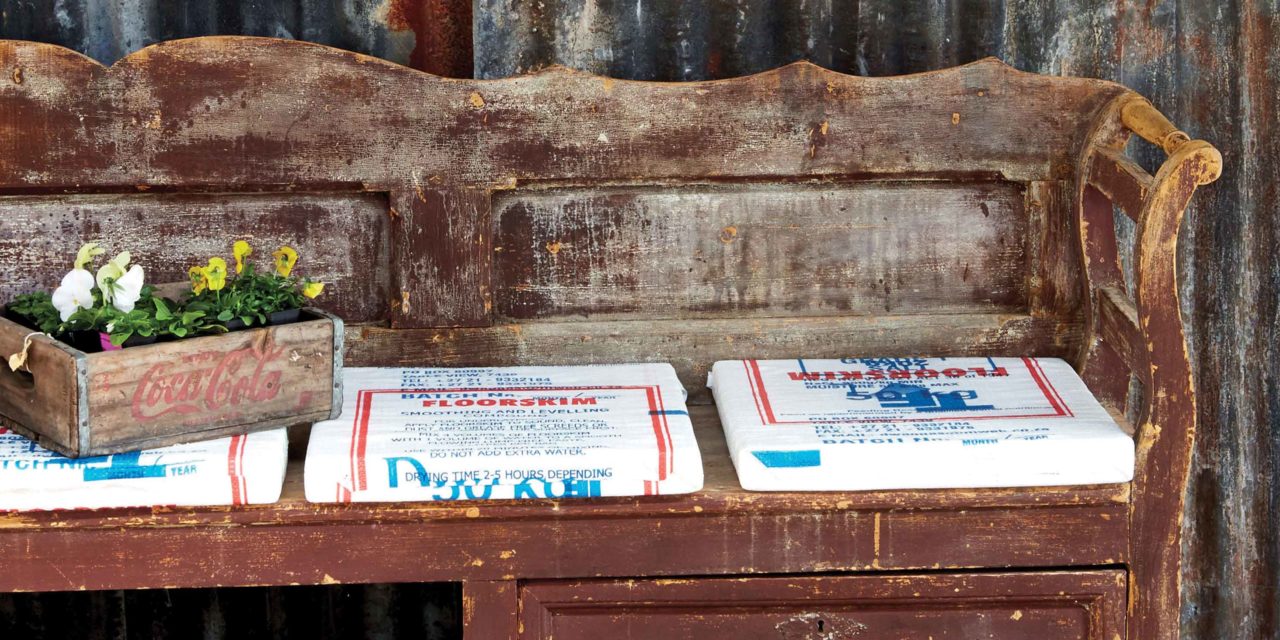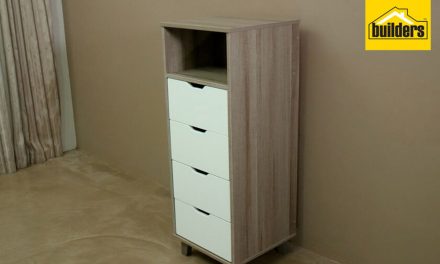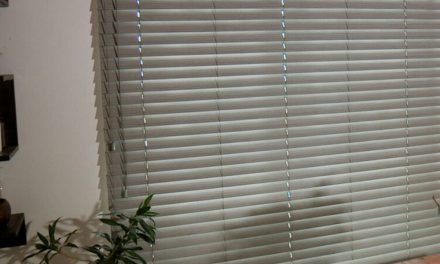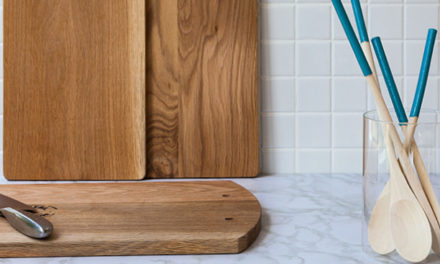Transform flour, coffee, hessian and builder’s sacks into useful and pretty items for your home.
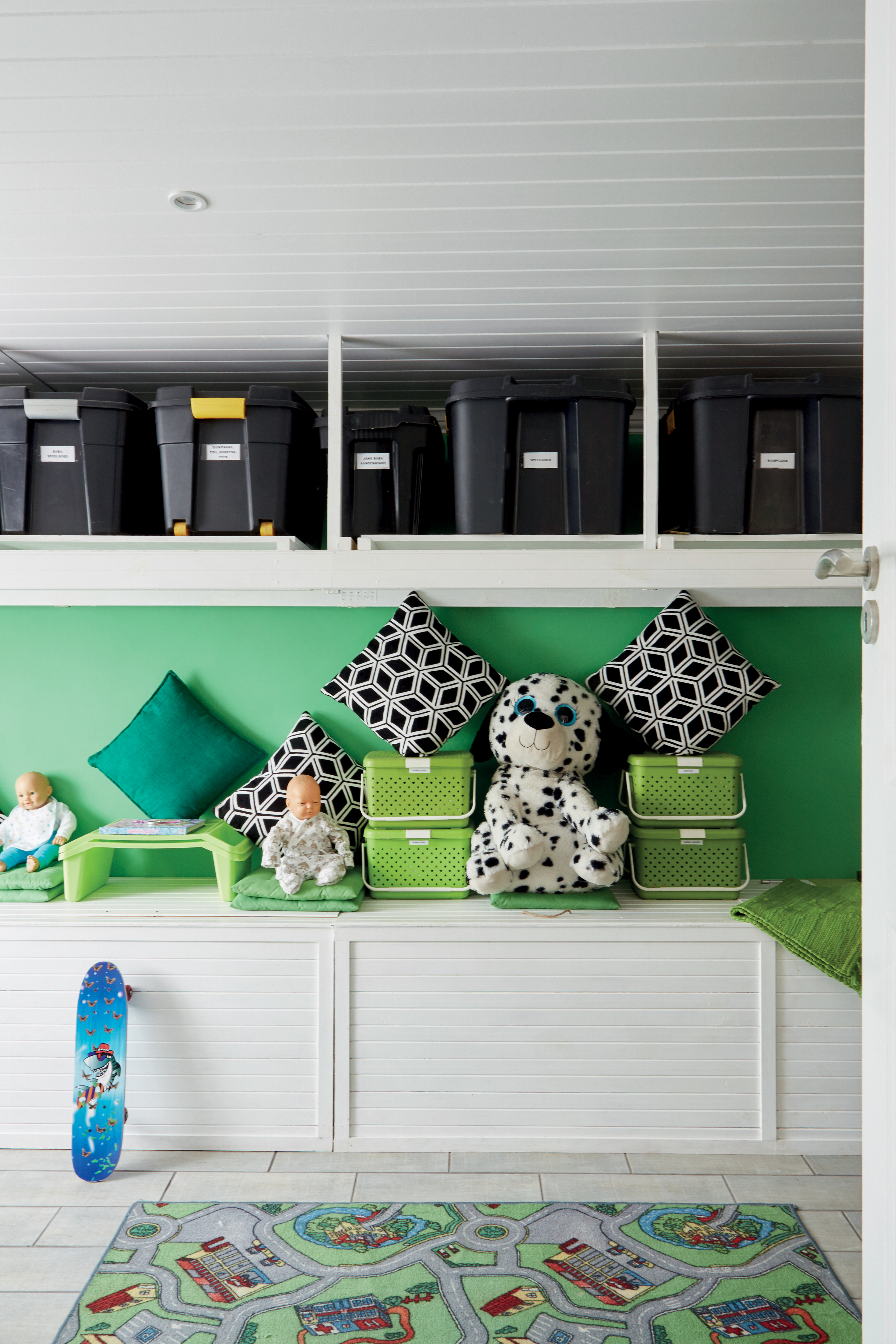
Sack bench seat
Materials you will need
- hessian sack
- 9mm Supawood for the base
- 50mm high-density sponge
- polycotton fabric
- contact glue
- wood screws
- tools (drill, staple gun and so on)
1.Have a Supawood base cut to fit the bench. Cut a piece of highdensity sponge to the same size.
Top Tip: To give the covered seat rounded edges, use a sharp craft knife to cut about 2cm from each of the top corners of the piece of sponge at an angle of 45 degrees.
2. Use contact glue to stick the sponge onto the Supawood base.
3. Cut a piece of polycotton fabric to fit over the sponge seat – it must be large enough to extend over the edges by at least 4cm.
4. Lay out the fabric on a flat surface and place the seat on it with the sponge side facing downwards.
5. Start in the middle of one of the long sides and staple the fabric to the base. Pull the fabric taut underneath the base and then staple it in position in the middle of the opposite long side.
6. Repeat the process on the short sides. Fold the corners of the fabric neatly and staple them.
7. Now staple the long sides, starting next to the middle staple and alternating sides – make sure the fabric is taut. Repeat the process on the short sides.
8. Cut a piece of the hessian sack the same size as the polycotton fabric and staple it to the base in the same way.
9. Clamp the covered seat to the top of the bench, then turn the bench over and screw the seat into place.
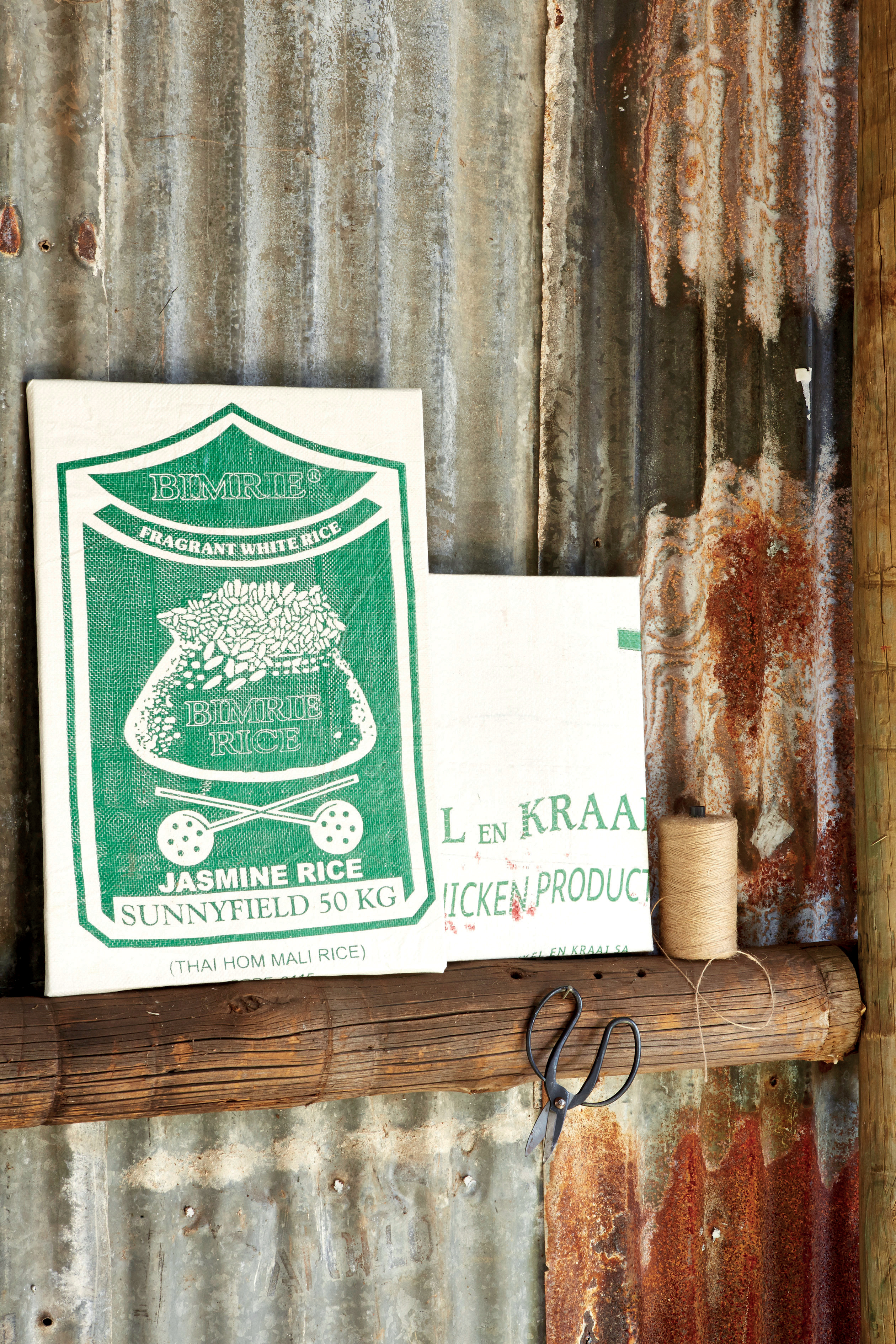
Bag Art
Bulk-produce bags and builder’s sacks are often nicely illustrated – ideal to upcycle into works of art.
To make:
Cut the design from a woven plastic sack to fit over a block-mounted canvas, adding an allowance for stapling. Position the design right side facing down and place the canvas on top of it. Fold the sacking over the canvas frame and staple it in place, pulling the fabric taut as you work. Staple the fabric alternately on opposite sides of the frame. Fold the corners neatly and staple them in place. Trim off any excess sacking, if necessary.
Top tip: Use a bit of hot glue or singe the edges with a match if you are worried about them fraying.
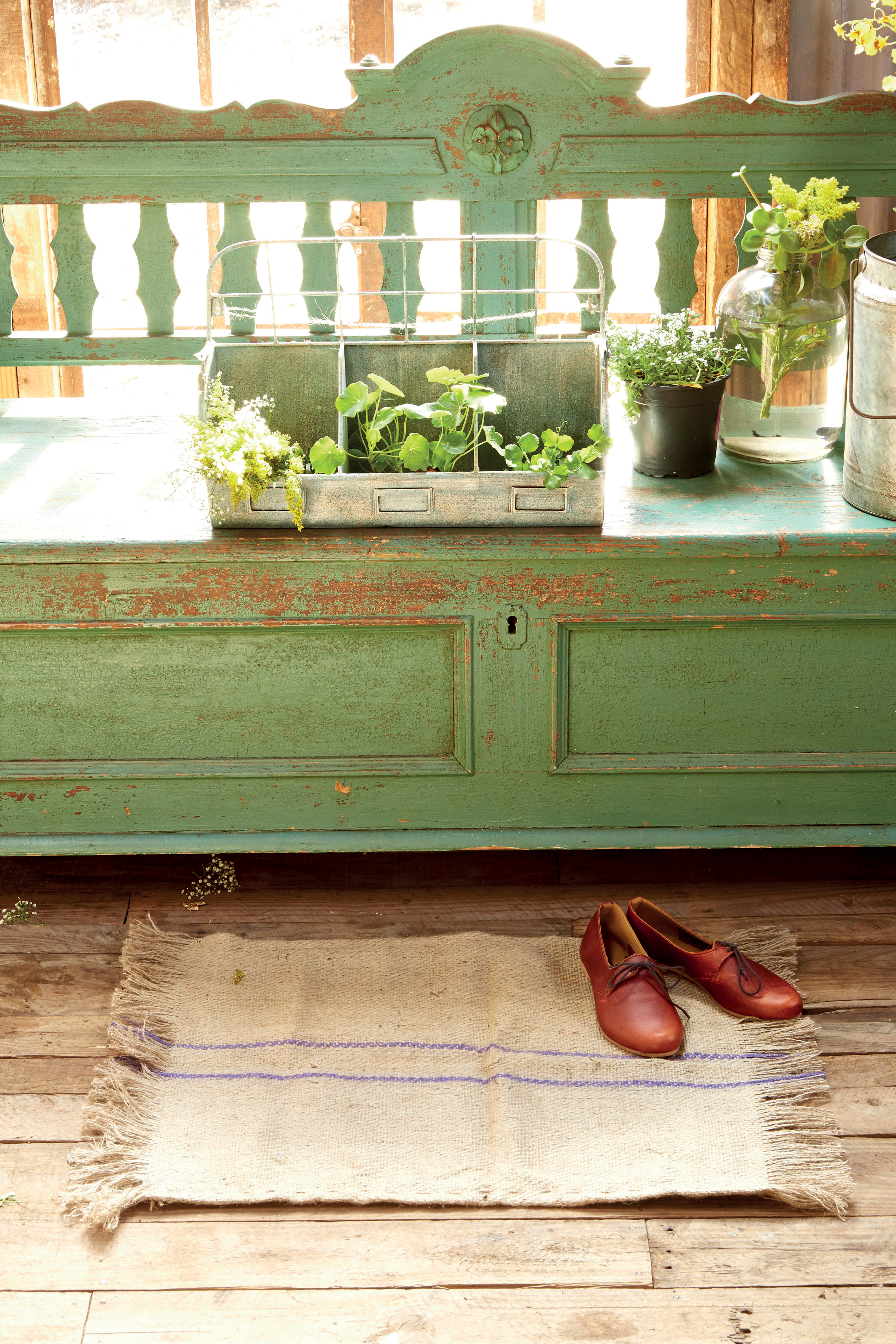
Outdoor Mat
This is a quick and easy way to make a hardwearing mat that is suitable for outdoor use.
To make:
Unpick the side seams of a large hessian bag. Cut the bag to the size of your choice (we cut ours in half). Make 10cm-wide fringes. To prevent the rug fraying, dab hot glue on the last thread before the fringe, or work a few stitches at the side edges. Use a no-slip liner under the mat.
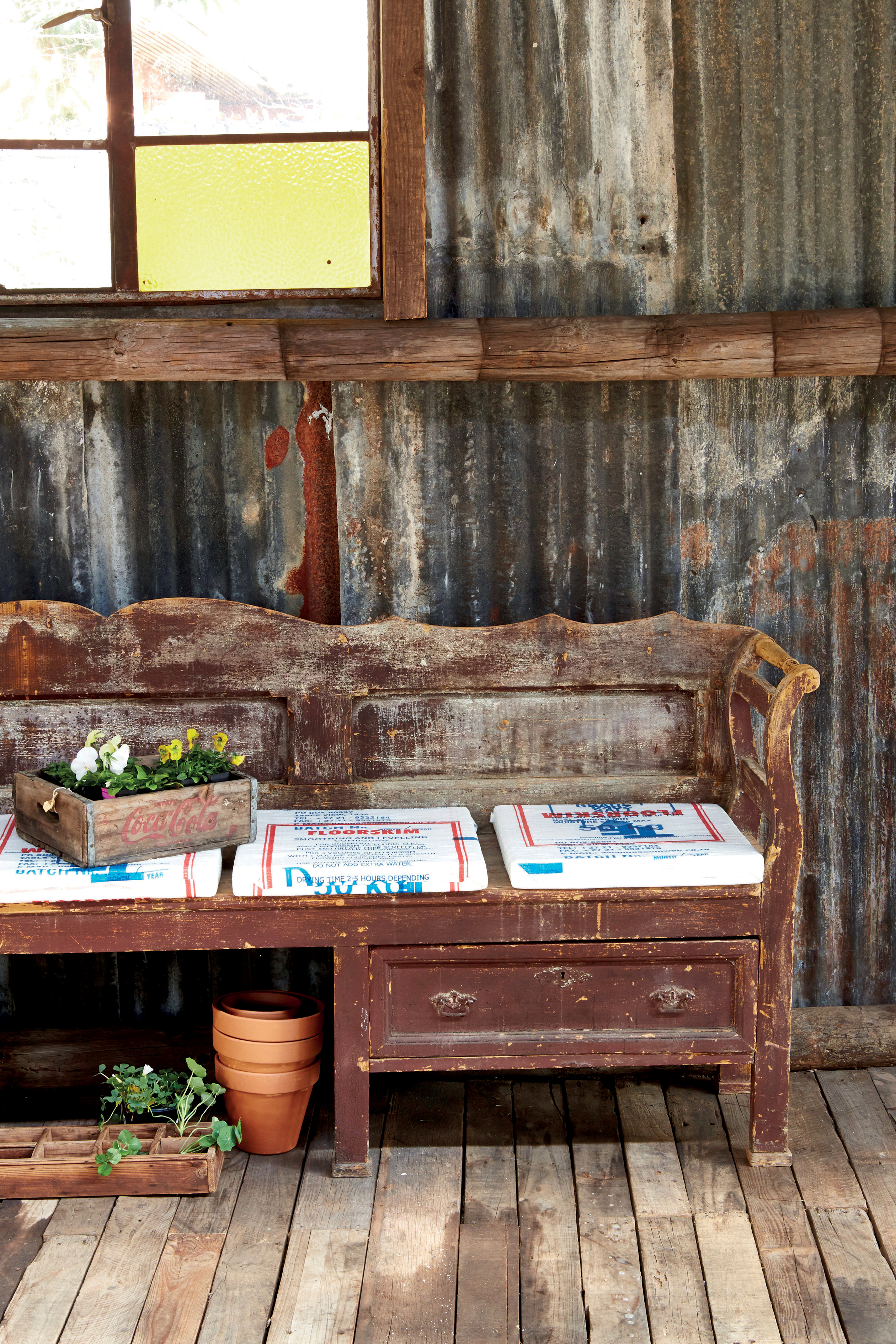
Loose patio cushions
Make these cushions for a patio bench or chairs.
Materials you will need:
- large sacks of woven plastic
- 50mm high-density sponge
- twill tape for the ties
- strong thread
- glue gun
To make
1. Cut a piece of high-density sponge for each cushion that will snugly fit the width of a 50kg sack. Ours are 45 x 45cm in size.
2. Place the sponge in the sack and cut the top and bottom about 5cm from the edge of the sponge.
3. Use a lighter or match to singe the cut ends of the plastic sack so that they don’t unravel. Be very careful when you singe the edges, as this poses a possible fire hazard.
4. Beginning at one edge of the sack, smear glue on the inside and stick it to the sponge.
Note: If your glue gun has heat settings, set it on the lowest one. Switch it off between steps to allow it to cool down.
5. Fold in the corners neatly and stick them down. Continue in this way to complete the cushion.
6. Cut two pieces of twill tape 40cm in length. Fold them in half and use strong thread to stitch them to the covered cushion near the two back corners so you can tie the cushion to the chair.
Top Tip: Singe the ends of the twill tape or smear super glue on the ends so that it does not unravel.
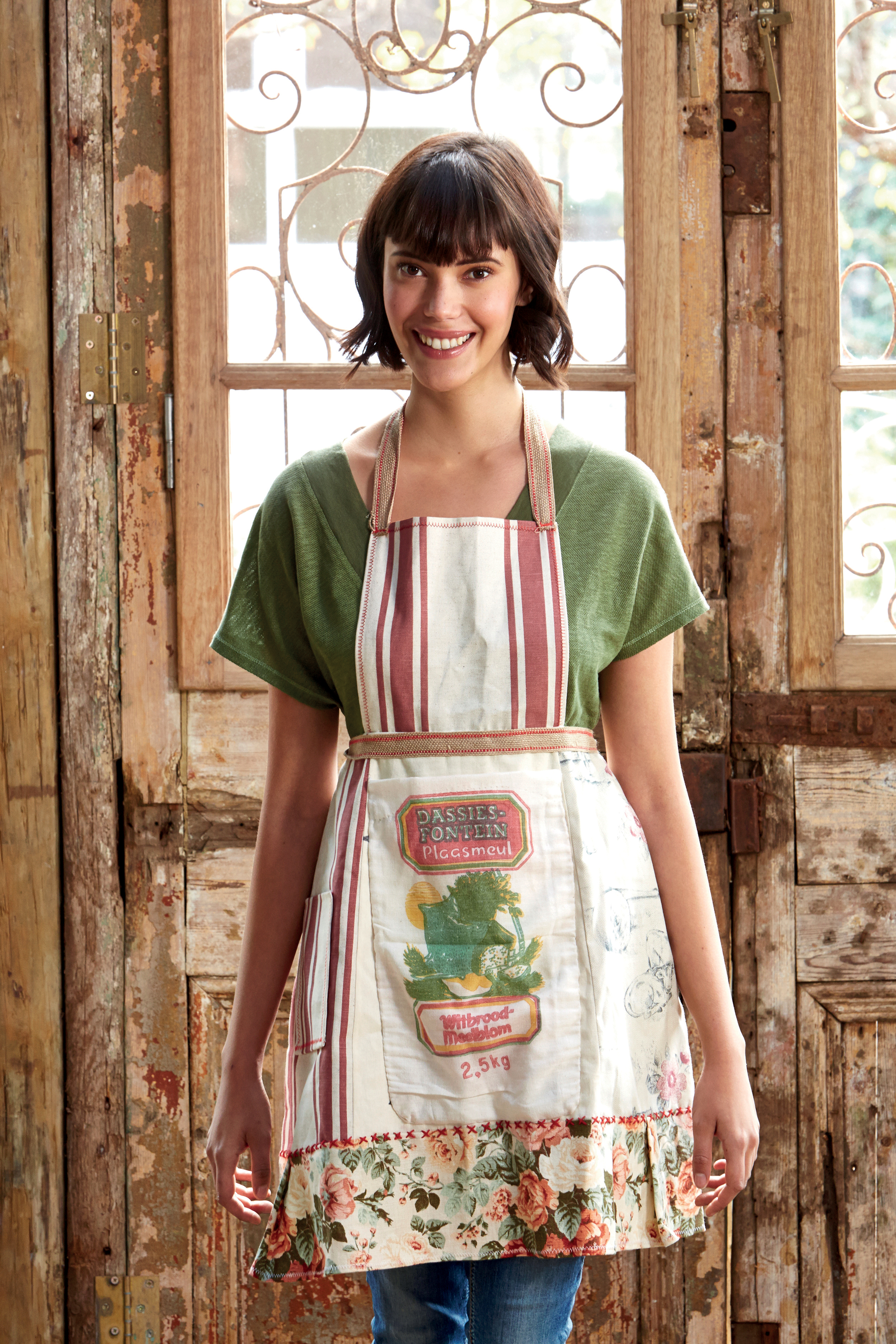
Flour-bag apron
Make your own apron from fabric remnants and use a vintage-style flour sack for the pocket. Finish off the panels with cross-stitch detail.
Credits
Referenced from Gallo images / IDEAS Magazine

